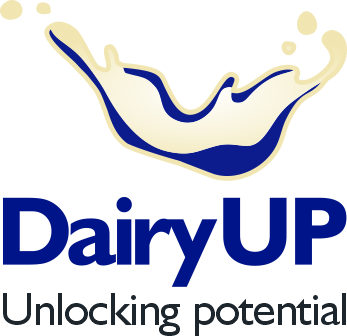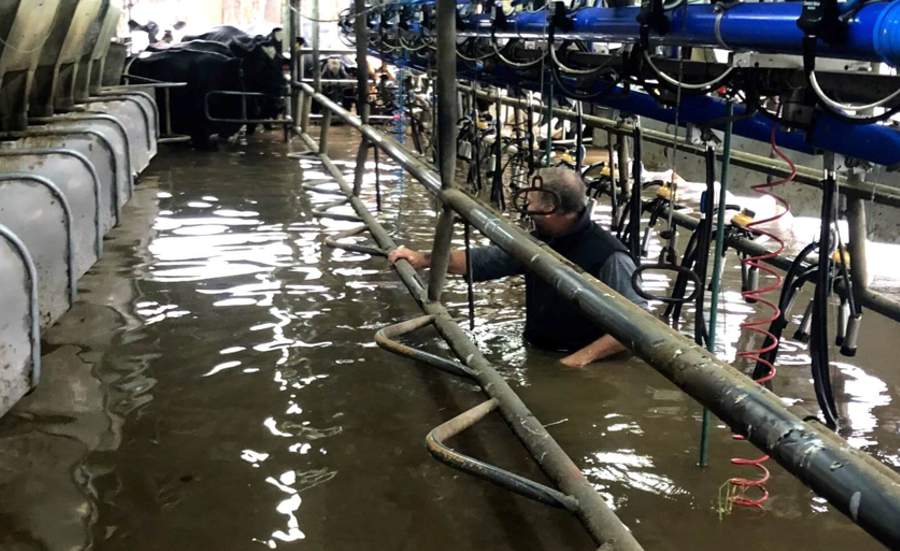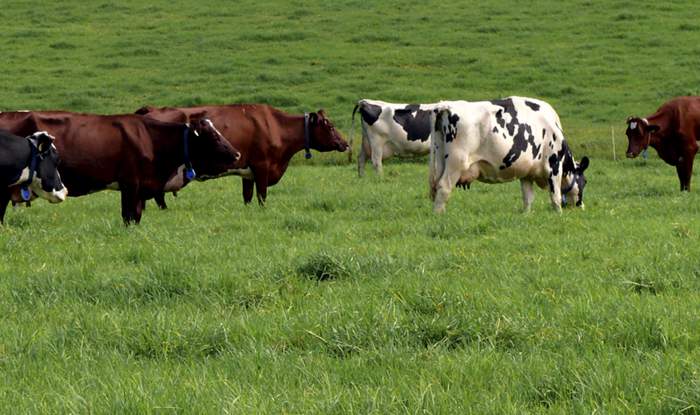P1a – From A to B (A2B): improving Kikuyu’s productivity through remote sensing and data-based management
Dairy UP’s 10 projects collectively address on-farm productivity, de-risking the industry and developing new markets.
You can help
if you are interested in this project or think you may want to be involved at some stage, please contact anyone from the team here:
Team Leader:
- Martin Correa Luna The University of Sydney – martin.correa.luna@sydney.edu.au
Project Team:
- Blessing Nnenna – USyd (PhD Student)
- Chloe Wilson – USyd
- Jacob Leonard
- Josh Hack – Ag Farming Systems (Taree) – josh@farmingsystems.com
- Juan Gargiulo – NSW DPI – juan.gargiulo@dpi.nsw.gov.au
- Peter Beale – Local Land Services Hunter (Taree – Mid North Coast) – peter.beale@lls.nsw.gov.au
- Maria Nikoloric (USyd)
- Yani Garcia – USyd/DRF – sergio.garcia@sydney.edu.au
- Zac Geldof – Zac Agricultural Consulting
- Zita Ritchie – NSW DPI – (North Coast) zita.ritchie@dpi.nsw.gov.au
Related Articles
We aim to unlock the true potential of kikuyu-based pastures by exploring new management options using advanced technologies and monitoring systems.
This project will close the gap on practical constraints and impediments facing commercial farms using or with the potential to use kikuyu relating to:
- The difficulties in managing and utilising pasture within a whole farm system, with growth rates varying from <40-50 kg DM/ha in winter (annual ryegrass) and approaching 200 kg in good conditions in summer (kikuyu). This, coupled with lack of real time and systematic monitoring of pasture growth rate, almost inevitably results in summer surpluses that can only be potentially utilised by ensiling. However, kikuyu losses quality very rapidly as biomass increases, so making silage of a moderate/reasonable nutritive value is very challenging. Managing ‘effective’ stocking rate during the summer is key for success.
- The inter- and intra-annual variability in growth rates, particularly in dryland systems. This has similar consequences as point #1 (i.e. large variation in growth rate that limits farmers’ ability to utilise pasture better); again, its impact exacerbated by the lack of adequate automated monitoring systems of pasture growth.
Progress
April 2024 (Case Study)
Fifteen farms covering the NSW coastal dairy regions, from Bega in the south to Lismore in the north, have been established to ground truth satellite data, input farm data to better inform the tool, and upskill local farmers in the technology. – ( Case Study (PDF))
March 2024
Remote sensing refines grazing management of kikuyu dairy pastures on the New South Wales Coast – (see video)
June 2023
Analysis of the first year’s data has shown that satellite imagery alone is not accurate enough to make management decisions for Kikuyu pastures with confidence. Despite this, the decision support tool was seen by farmers as a smart platform to follow farm management and to coordinate activities with the staff. Read more
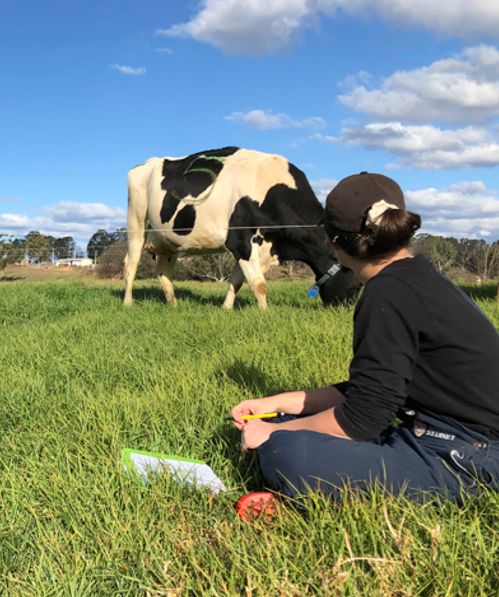
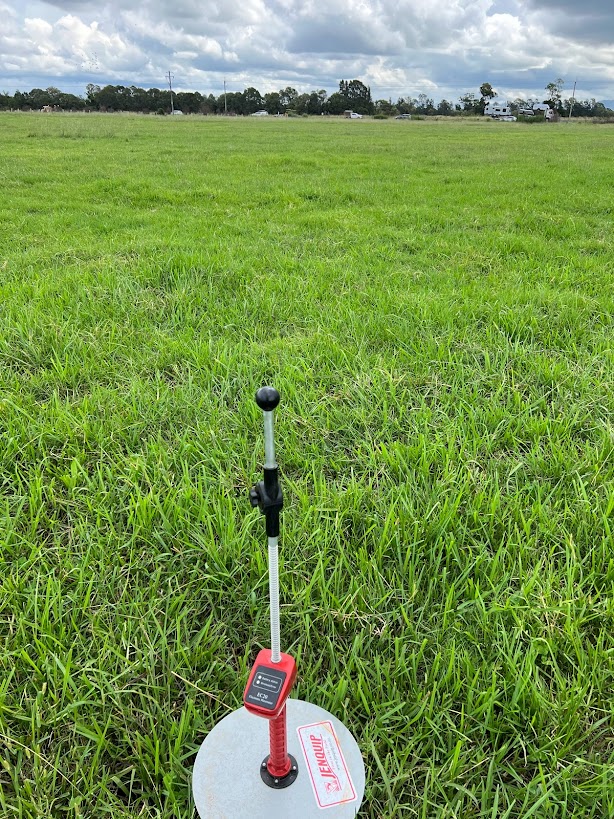
Direct on farm research is key to unlock the potential of Kikuyu-based pastures
For more information contact
Prof. Yani Garcia (sergio.garcia@sydney.edu.au) or Dr. Martin Correa Luna (martin.correa.luna@sydney.edu.au)
This research is funded by the DairyUP initiative (https://www.dairyup.com.au/) and it is expected to benefit all farmers with kikuyu pastures.
